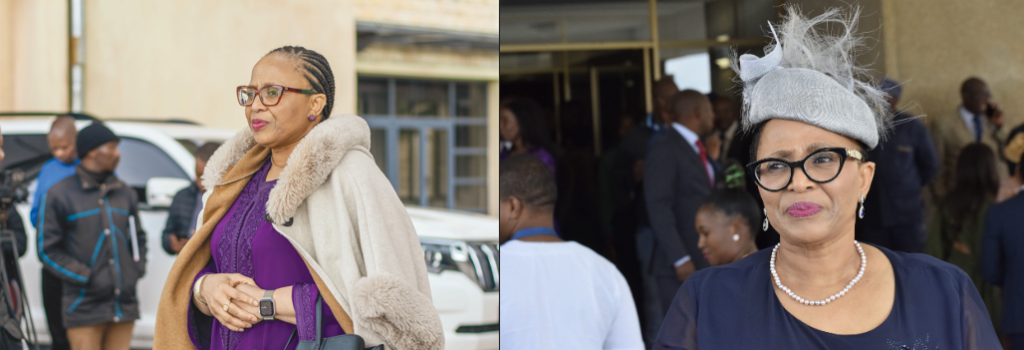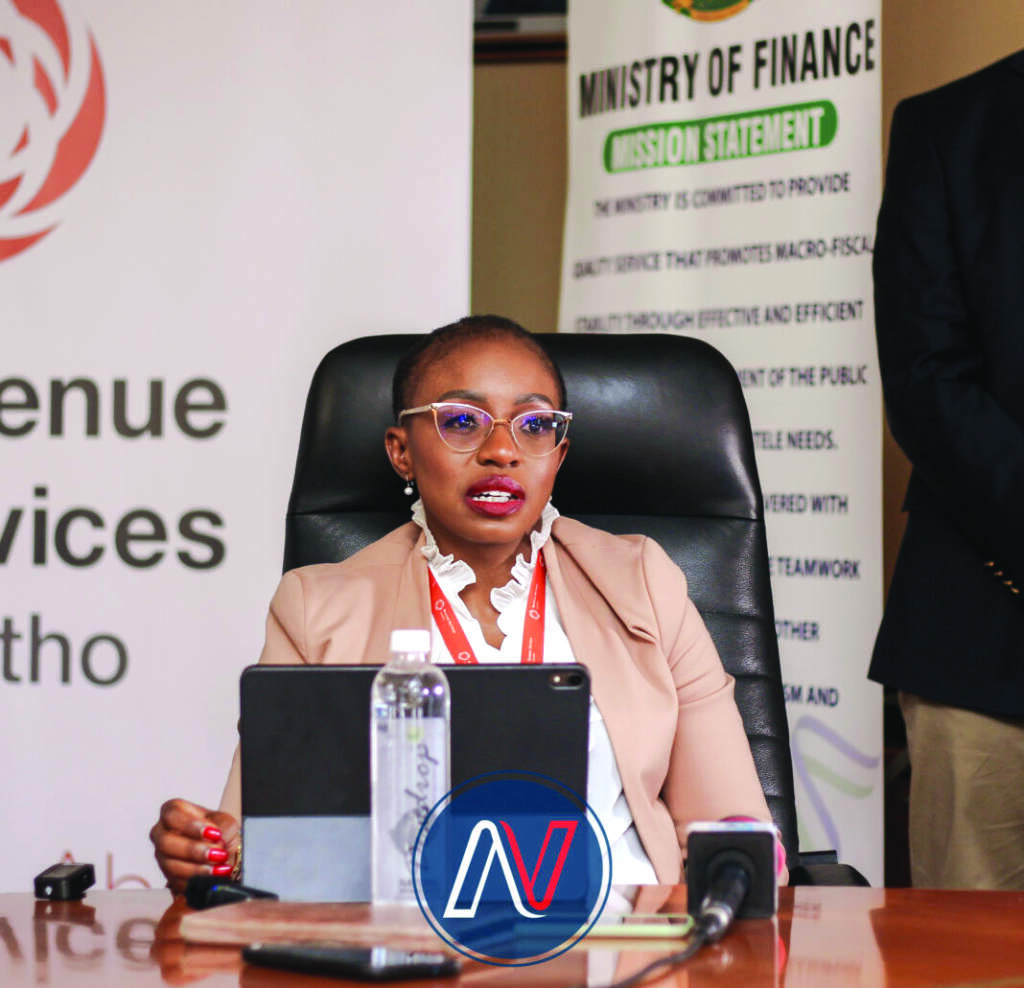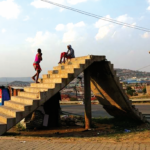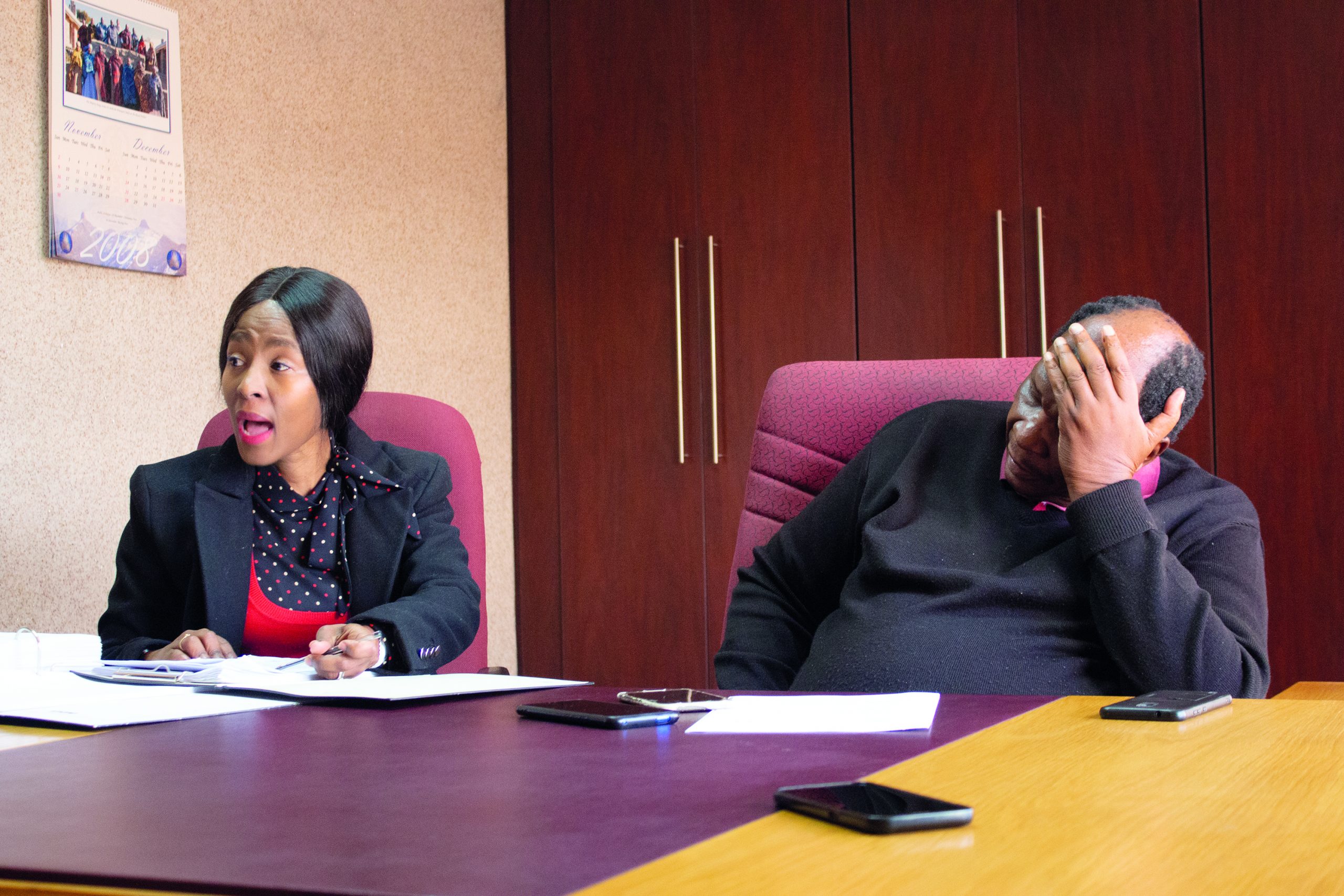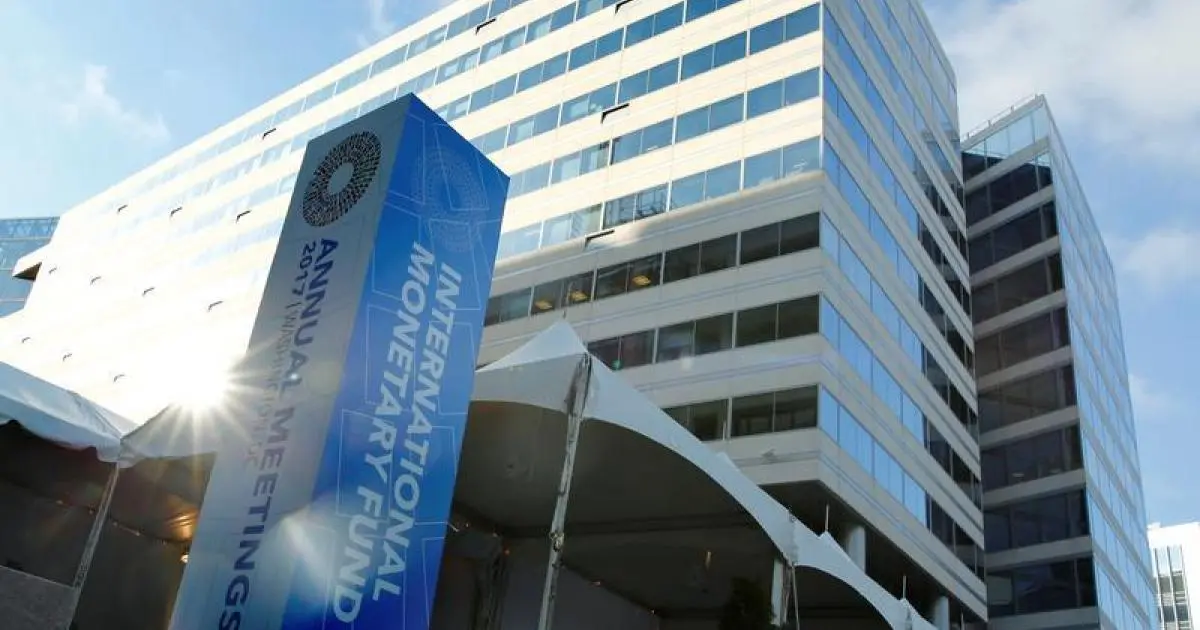Staff Reporter
Lesotho’s financial stability is increasingly under threat as revealed by the African Development Bank Group’s Country Focus Report 2024.
The report, Driving Lesotho’s Transformation: The Reform of the Global Financial Architecture, lays bare the alarming extent of the nation’s debt crisis, with external debt now accounting for 74 percent of total public debt.
The report details the key creditors holding Lesotho’s financial future in their hands and the country’s growing dependency on multilateral loans.
Published this week, the report reveals a troubling financial trajectory that demands immediate and strategic intervention.
During the 2021/2022 financial year, Lesotho’s total public debt surged from M18.250 billion to M19.934 billion, marking a significant increase. Over the past seven years, since 2015/2016, the loan stock has ballooned by 48 percent.
The report names Lesotho’s main creditors, with the International Development Association (IDA) at the forefront, followed by the African Development Fund (AfDF), the European Investment Bank (EIB), and the International Monetary Fund (IMF).
“Debt owed to bilateral creditors accounts for less than 15 percent of total external public debt. Of this, China accounts for 70 percent,” the report reads.
Debt projections indicate a worsening scenario, with the debt burden expected to climb to 59.80 percent and 60.4 percent in 2024 and 2025, respectively.
The government of Lesotho, according to the report, is taking measures to contain the debt, including fiscal consolidation, improving the efficiency of capital spending, and building buffers against future shocks.
These efforts also aim to prevent the crowding out of credit to the private sector, address contingent liability risks, and deepen the domestic capital market.
The findings of this report dovetail neatly with the findings of the Auditor General (AG) ‘Mathabo Makenete.
The findings align closely with those of Auditor General ‘Mathabo Makenete. In her report on the Consolidated Financial Statements of the Government of Lesotho for the year ended March 31, 2022, Makenete noted that much of the government’s debt came from multilateral institutions, though she did not specify which ones.
She emphasised that the multilateral debt was intended to fund infrastructure and social benefits, with external debt being predominantly concessional at 82 percent over the past three years.
“The stock of external debt is mainly concessional debt at 82 percent on average over the past three years and semi concessional at 18 percent,” read the auditor’s report.
“Total disbursements for 2021/22 amounted to M1.543 million. There were no external disbursements received from bilateral creditor over the review period,” it added.
The auditor further mentioned that domestic debt stock had been increasing to meet budgetary commitments for the medium to long term.
She said both Treasury Bills and Bonds had increasingly been used to secure additional funding for government operations.
“The recent assessment of debt sustainability has indicated that Lesotho’s public debt is assessed to be at moderate risk with space to absorb shock,” she said.
The AfDB report provides a comprehensive analysis across three chapters.
Chapter 1 provides an overview of macroeconomic developments since 2022 covering growth, monetary and fiscal policies, public debt, outlook and risks, social developments.
On macroeconomic developments, the report suggests that Lesotho is slowly but surely recovering from the impact of COVID-19. It notes that the balance of risks to the domestic outlook is tilted to the downside.
The main risk to the macroeconomic outlook remains the fragile fiscal position, given the huge fiscal gap.
This chapter also offers several recommendations.
Short Term
- Sound macroeconomic policies: Lesotho should pursue sound monetary and fiscal policies tailored to its circumstances. Such policies should prioritise spending and take into account the fiscal space available, and avoid crowding out the private sector.
- Encourage local production: Lesotho is heavily dependent on food imports. It imports 80 percent of its food needs from South Africa. Encouraging local production has the potential to ease pressure on the loti, tame inflation, reduce its debt, and improve the balance of payments.
Medium to Long Term
- Domestic resource mobilisation: The Government should intensify domestic resource mobilization efforts by improving tax compliance and administration. Lesotho is actively engaging in tax reforms through initiatives such as the Bank-supported Lesotho Tax Modernization Project (LTMP), which focuses on modernizing tax administration and leveraging digital solutions to improve revenue collection.
- Enabling environment: Lesotho was ranked 122nd out of 190 economies in the 2020 edition of Ease of Doing Business (World Bank, 2020). The country’s lowest rankings were recorded in the following sub-indicators: dealing with construction permits, getting electricity, protecting minority investors, and resolving insolvency. This poor performance was due to from cumbersome business procedures, insufficient access to finance, inadequate digital infrastructure, and skill gaps, among others. To attract investment, Lesotho needs to improve its business environment. The Kingdom of Lesotho is open to and eagerly seeking to attract foreign direct investment (FDI). In recent years, the country has made major strides in improving its business environment in terms of licensing, business registration, water, and electricity connections. With the advent of the new government in October 2022, the Kingdom has announced its intention to strengthen the private sector and to welcome foreign direct investment focused on job creation, market diversification, and local capacity development.
- Accelerate structural reforms to build a resilient economy: Lesotho should implement structural reforms aimed at stimulating job creation and investment and improving productivity. This will enhance the competitiveness and growth potential of the economy. The reforms may include improving the business environment regulations to support more flexible labour markets, streamline the tax system, or reduce the red tape, making it easier for companies to do business and plan for the future.
Chapter 2 takes stock of Lesotho’s structural and economic transformation, unpacking it through labour productivity decomposition, rapid income and employment growth embodied in service exports, and the associated drivers and bottlenecks to accelerating structural transformation. Drivers of Lesotho’s structural transformation include technology, transport, human capital, trade policy and competitiveness, and natural resources.
Chapter three deals with the financing needed to accelerate Lesotho’s structural transformation. It argues that the global financial architecture has failed to provide adequate development financing for Lesotho in particular and for Africa in general.
It, therefore, calls for its reform. The chapter reiterates the importance of domestic resource mobilisation, the role of the private sector in financing structural transformation, and the role of the Development Finance Institutions (DFIs) and Multilateral Development Banks (MDBs) in financing Lesotho’s structural transformation.
Summary
- The report names Lesotho’s main creditors, with the International Development Association (IDA) at the forefront, followed by the African Development Fund (AfDF), the European Investment Bank (EIB), and the International Monetary Fund (IMF).
- In her report on the Consolidated Financial Statements of the Government of Lesotho for the year ended March 31, 2022, Makenete noted that much of the government’s debt came from multilateral institutions, though she did not specify which ones.
- “The stock of external debt is mainly concessional debt at 82 percent on average over the past three years and semi concessional at 18 percent,” read the auditor’s report.

Your Trusted Source for News and Insights in Lesotho!
At Newsday Media, we are passionate about delivering accurate, timely, and engaging news and multimedia content to our diverse audience. Founded with the vision of revolutionizing the media landscape in Lesotho, we have grown into a leading hybrid media company that blends traditional journalism with innovative digital platforms.


